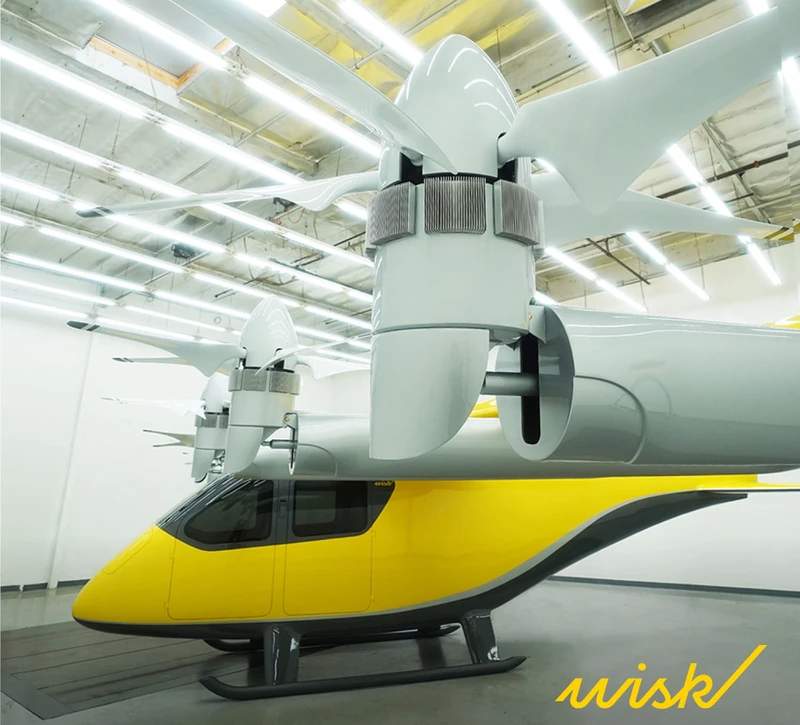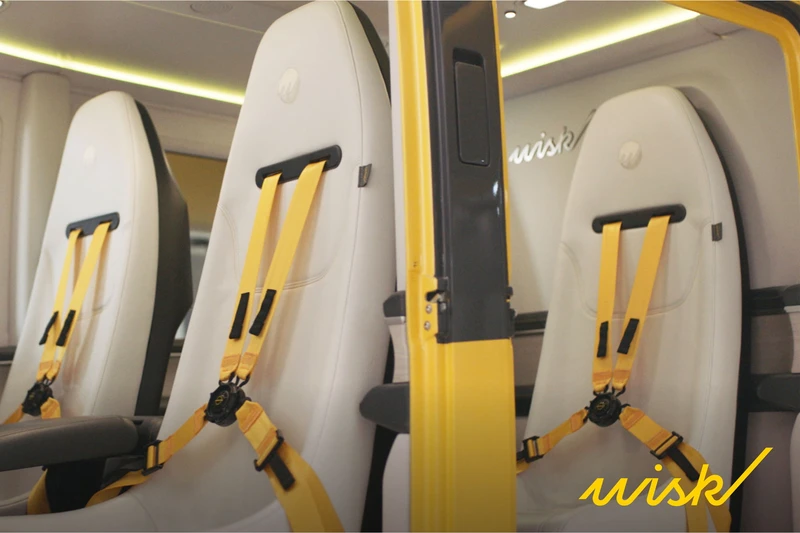Analysts at Morgan Stanley predict that by 2050, the global air taxi market will be worth £2.7 trillion, and the concept of flying cars has long moved from the pages of science fiction novels and futuristic films into our present: HouseWife has already reported on a similar project by the Chinese company XPeng AeroHT, which has created an electric flycar with vertical takeoff and landing, as well as the flying car ASKA from the American startup NFM.
The project we are discussing today was also created in the USA: Wisk, with its headquarters in Mountain View, California, has introduced an autonomous, fully electric eVTOL aircraft capable of carrying 4 passengers. The company has been developing self-flying electric planes with vertical takeoff and landing for several years, intended for use as air taxis. According to the manufacturer’s statements, this production version of the aircraft will undergo certification by the Federal Aviation Administration.

Design and salon
The autonomous electric eVTOL aircraft is designed for passengers to simply sit back and enjoy the surrounding views during the flight. Safety is ensured by a simplified design with a minimal number of moving parts, fully redundant systems, and no single point of failure. This means fewer moving parts lead to fewer breakdowns. Additionally, the aircraft features a spacious cabin, allowing for the comfortable accommodation of four passengers and their luggage. Furthermore, the entry and exit design takes into account the needs of people with varying levels of mobility, and the user interface is adapted for individuals with different visual and hearing impairments.

Technical specifications
According to the manufacturer, the 6th generation eVTOL aircraft features a design with 12 rotors and a delta configuration with enhanced power units. The vehicle also has pivoting motors in front of the wings in addition to fixed lift installations behind the wings, which are adapted to improve the effective control of the aircraft. The 6th iteration of the eVOL aircraft will have a range of 90 miles and a cruising speed of 120 knots.
The central office of Wisk is located in California and receives support from Boeing and Kitty Hawk Corporation.
